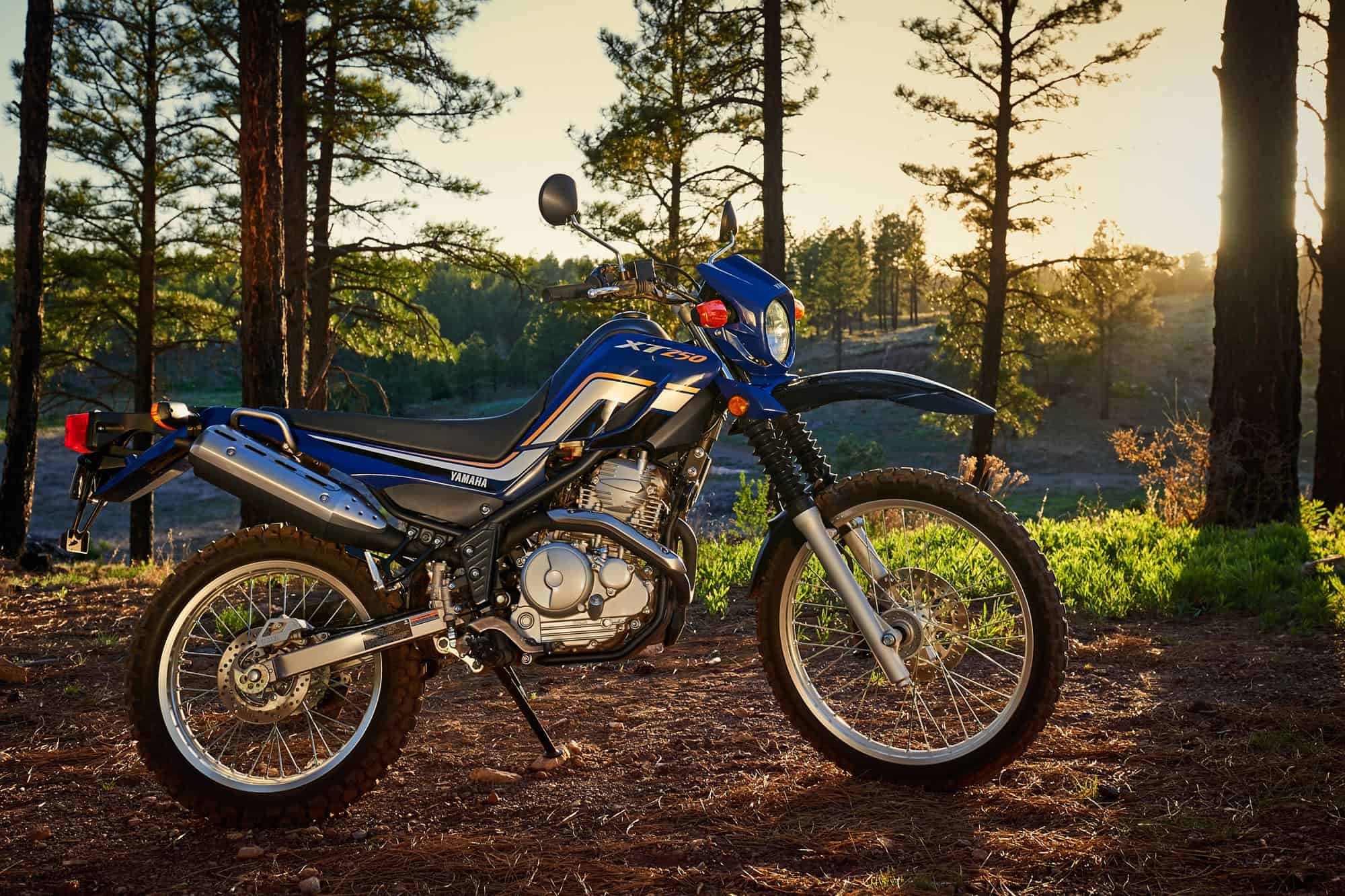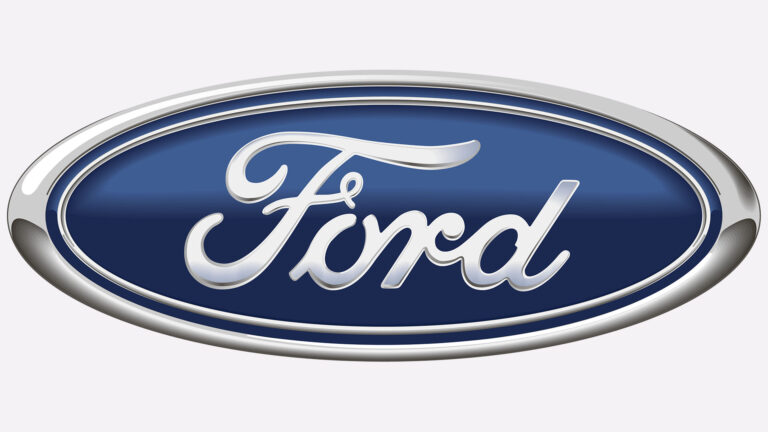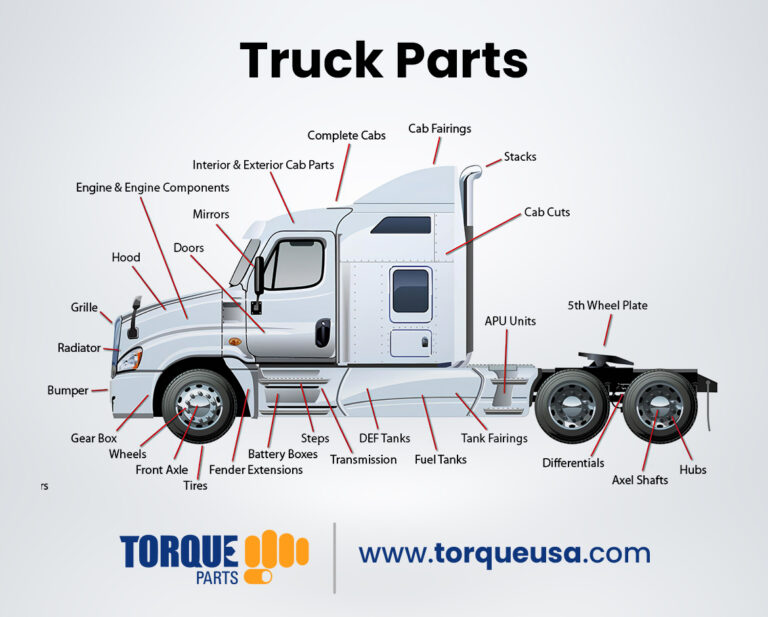Dual Rear Wheel Trucks For Sale Near Me: Your Ultimate Guide to Finding the Right Hauling Beast
Dual Rear Wheel Trucks For Sale Near Me: Your Ultimate Guide to Finding the Right Hauling Beast cars.truckstrend.com
In the world of heavy-duty hauling and serious towing, few vehicles command as much respect and capability as the Dual Rear Wheel (DRW) truck, affectionately known as a "dually." These formidable machines, characterized by their four tires on the rear axle, are purpose-built to tackle the most demanding tasks, from towing gargantuan RVs and horse trailers to carrying immense payloads for commercial operations. If you’re searching for "Dual Rear Wheel Trucks For Sale Near Me," you’re likely in pursuit of unparalleled stability, immense towing power, and the peace of mind that comes with a truck engineered for the toughest jobs. This comprehensive guide will navigate you through everything you need to know about these workhorses, helping you make an informed decision on your next powerful purchase.
Why Choose a Dual Rear Wheel Truck? The Unmatched Advantages
Dual Rear Wheel Trucks For Sale Near Me: Your Ultimate Guide to Finding the Right Hauling Beast
The decision to invest in a dual rear wheel truck isn’t just about size; it’s about superior performance and safety when pushing the limits of what a pickup can do. Here’s why DRW trucks stand out:
- Exceptional Towing Capacity: This is arguably the primary reason most people opt for a dually. With a higher Gross Combined Weight Rating (GCWR), DRW trucks can safely tow significantly heavier loads than their single rear wheel (SRW) counterparts. Whether it’s a large fifth-wheel RV, a multi-car trailer, or heavy construction equipment, a dually provides the muscle needed.
- Superior Payload Capacity: Beyond towing, DRW trucks also boast higher Gross Vehicle Weight Ratings (GVWRs), meaning they can carry more weight in their bed. This is crucial for commercial users transporting heavy materials or for those outfitting their truck with a large service body or camper.
- Enhanced Stability and Control: The wider stance provided by the dual rear wheels dramatically improves stability, especially when towing heavy or long trailers. This reduces trailer sway, enhances control in crosswinds, and provides a more confident and less fatiguing driving experience. The additional tire contact patch translates to better traction and handling, particularly under load.
- Increased Braking Performance: More tire surface area on the road means better grip and more effective braking, a critical safety feature when managing heavy loads. The added friction helps bring the truck and its cargo to a halt more efficiently and safely.
- Tire Redundancy and Safety: In the event of a rear tire blowout, a dually still has another tire on that side to bear the load, allowing the driver to maintain control and often safely pull over. This redundancy offers an extra layer of safety and can prevent costly damage or accidents.
- Durability and Longevity: DRW trucks are designed with heavy-duty components throughout, from reinforced frames and axles to robust suspension systems. This inherent ruggedness means they are built to withstand the rigors of constant heavy use, leading to a longer service life if properly maintained.

Key Considerations When Buying a DRW Truck
Before you start sifting through "Dual Rear Wheel Trucks For Sale Near Me," it’s essential to define your needs and understand the various factors that influence your choice.
- Define Your Purpose: What will be the primary use of your dually? Are you a full-time RVer, a contractor, a farmer, or someone who occasionally tows large equipment? Your intended use will dictate the necessary towing and payload capacities, as well as preferred features.
- Capacity Requirements (GVWR, GCWR, Payload, Tongue Weight): Do not guess. Know the weight of what you plan to tow or haul. Every truck has specific ratings that should never be exceeded for safety and legal reasons. Check the door jamb sticker for the truck’s specific GVWR and payload capacity, and consult the owner’s manual or manufacturer’s towing guide for GCWR.
- New vs. Used:
- New DRW Trucks: Offer the latest technology, safety features, full factory warranties, and customization options. However, they come with a higher price tag and immediate depreciation.
- Used DRW Trucks: Can offer significant savings, making a more capable truck accessible within your budget. However, they require more diligent inspection. Look for well-maintained examples, and be wary of trucks that show signs of neglect or excessive wear from commercial use without proper upkeep.

- Engine Type: Diesel vs. Gasoline:
- Diesel Engines: Dominate the heavy-duty truck market for a reason. They offer superior torque for towing, better fuel economy under load, and often a longer lifespan. However, they come with a higher purchase price, more expensive maintenance, and sometimes more complex emissions systems.
- Gasoline Engines: Are typically less expensive to buy and maintain, offer quicker throttle response, and can be sufficient for moderate to heavy towing. Their fuel economy will suffer more dramatically under heavy loads compared to diesels.
- Drivetrain: 2WD vs. 4WD:
- 2WD (Two-Wheel Drive): Lighter, slightly better fuel economy, and generally less expensive. Suitable if you primarily drive on paved roads and don’t encounter adverse weather or off-road conditions.
- 4WD (Four-Wheel Drive): Essential for off-road use, unpaved job sites, or navigating snowy/icy conditions. Adds complexity, weight, and cost but provides crucial traction when needed.
- Cab Configuration and Bed Length:
- Regular Cab: Two doors, minimal interior space beyond seating. Best for work-only applications where passengers are not a concern.
- Extended/Quad Cab: Provides a small rear seating area, often with suicide doors or smaller conventional doors.
- Crew Cab: Four full-sized doors and ample rear seating, ideal for families or crews. This is the most popular configuration.
- Most dualies come with an 8-foot long bed, which is necessary to accommodate fifth-wheel hitches and large payloads.
- Features and Amenities: Consider integrated trailer brake controllers, fifth-wheel/gooseneck prep packages, navigation systems, advanced safety features (blind-spot monitoring, adaptive cruise control), heated/cooled seats, and premium sound systems. These can significantly enhance comfort and convenience, especially on long hauls.

Finding Dual Rear Wheel Trucks For Sale Near Me
The quest for "Dual Rear Wheel Trucks For Sale Near Me" can begin in several places, both online and in person.
- Online Marketplaces:
- Dedicated Truck Sites: Websites like CommercialTruckTrader.com or even specific heavy-duty sections of AutoTrader.com or Cars.com are excellent starting points. They allow you to filter by specific truck type, capacity, and location.
- Manufacturer Certified Pre-Owned (CPO) Programs: Check the CPO listings on Ford, Ram, Chevrolet, and GMC websites. CPO trucks typically come with extended warranties and rigorous inspections, offering peace of mind.
- General Classifieds: Craigslist and Facebook Marketplace can yield local results, but exercise extreme caution. Scams and misrepresentations are more common here. Always insist on a physical inspection and never send money sight unseen.
- Local Dealerships:
- Brand-Specific Dealerships: Your local Ford, Ram, Chevrolet, or GMC dealership will have new DRW trucks and often a selection of used trade-ins. They have factory-trained technicians and parts.
- Independent Used Truck Dealerships: Many dealerships specialize in heavy-duty and commercial vehicles. They often have a wider variety of makes and models, but always verify their reputation.
- Auctions: Public and dealer auctions can be a source of dualies, but they require a keen eye for detail and often a mechanic’s expertise to assess condition quickly. Prices can be lower, but risks are higher.
- Word of Mouth & Local Ads: Sometimes the best deals are found through local networks, community forums, or classifieds in local papers.
When searching online, use specific keywords like "Ford F-350 Dually," "Ram 3500 Dual Rear Wheel," "Chevy Silverado 3500HD Dually," or "GMC Sierra 3500HD Dually" along with your zip code or "near me" to narrow down results. Set up email alerts for new listings that match your criteria.
The Buying Process: A Step-by-Step Guide
Once you’ve identified potential "Dual Rear Wheel Trucks For Sale Near Me," follow these steps for a smooth purchase:
- Set a Realistic Budget: Beyond the purchase price, factor in sales tax, registration fees, insurance (which can be higher for heavy-duty trucks), potential repairs (especially for used), and ongoing fuel and maintenance costs.
- Thorough Research: Dig into the specific models and trim levels you’re considering. Look up common issues, recall information, and owner reviews for the truck’s year and engine.
- Inspect the Truck (In-Person):
- Exterior: Check for rust, body damage, uneven tire wear (a sign of alignment issues or worn suspension), and proper tire pressure. Ensure all six tires match and are in good condition.
- Interior: Check for wear and tear, functionality of all electronics, lights, and HVAC.
- Under the Hood: Look for fluid leaks, frayed belts, corrosion, and signs of poor maintenance.
- Underneath: Inspect the frame for cracks or heavy rust, check the suspension components, driveline, and exhaust system.
- Test Drive: Drive the truck extensively, both empty and ideally with a load if possible (though this is often difficult to arrange). Pay attention to:
- Engine performance (acceleration, unusual noises).
- Transmission shifting (smoothness, no slipping).
- Brakes (firm pedal, no pulling, no grinding).
- Steering (tightness, no wandering).
- Suspension (no excessive bouncing or squeaks).
- Listen for any unusual noises from the engine, transmission, or rear end.
- Pre-Purchase Inspection (PPI): For any used DRW truck, this step is non-negotiable. Have an independent, trusted mechanic (preferably one specializing in heavy-duty trucks) conduct a comprehensive inspection. They can identify hidden problems that you might miss, potentially saving you thousands in future repairs.
- Negotiate: Be prepared to negotiate the price. Research market values for similar trucks to arm yourself with leverage. Don’t be afraid to walk away if the deal isn’t right.
- Financing and Paperwork: Secure financing if needed. Ensure all paperwork, including the title, bill of sale, and any warranty information, is correct and properly transferred. Understand the registration requirements in your state.
Maintaining Your Dual Rear Wheel Truck
Owning a dually is an investment, and proper maintenance is key to its longevity and reliability.
- Tire Care: This is paramount. Regularly check the air pressure in all six tires (including the inner duals, which are often overlooked). Rotate tires as recommended by the manufacturer to ensure even wear. Proper alignment is also crucial for tire life and handling.
- Heavy-Duty Component Checks: Regularly inspect brakes (pads, rotors, calipers), suspension components (shocks, leaf springs, bushings), and driveline (U-joints, driveshaft). These parts work harder on a dually and require more frequent attention.
- Fluid Changes: Adhere strictly to the manufacturer’s schedule for oil changes, transmission fluid, differential fluid, and coolant. If you frequently tow or haul, consider more frequent fluid changes than the "normal duty" schedule.
- Grease Points: Many heavy-duty trucks have grease fittings on steering and suspension components. Ensure these are lubricated regularly.
- Brake Controller Check: If your truck has an integrated brake controller, ensure it’s functioning correctly before every towing trip.
Dual Rear Wheel Trucks For Sale Near Me: Estimated Price Table
Prices for dual rear wheel trucks can vary widely based on make, model, year, condition, mileage, engine type, and trim level. The following table provides a general estimate for "Dual Rear Wheel Trucks For Sale Near Me":
| Truck Condition/Age | Popular Models (e.g., Ford F-350/450, Ram 3500/4500, Chevy/GMC 3500HD) | Estimated Price Range (USD) | Key Factors Influencing Price |
|---|---|---|---|
| New (Base Trim) | Work truck configurations, basic features | $55,000 – $70,000 | Engine (Gas vs. Diesel), Drivetrain (2WD vs. 4WD), Cab Type |
| New (Mid-Range) | Popular trims (e.g., XLT, Big Horn, LT), common options | $70,000 – $85,000 | Added comfort features, upgraded towing packages |
| New (High-End/Luxury) | Top trims (e.g., King Ranch, Laramie Longhorn, Denali, High Country) | $85,000 – $100,000+ | Premium interiors, advanced tech, maximum capabilities |
| Used (3-5 Years Old) | Low to moderate mileage (50k-100k miles), good condition | $40,000 – $65,000 | Maintenance history, trim level, engine hours (diesel) |
| Used (6-10 Years Old) | Moderate to high mileage (100k-200k miles), fair condition | $25,000 – $45,000 | Rust, major component wear, previous commercial use |
| Used (10+ Years Old) | High mileage (200k+ miles), potentially needing repairs | $10,000 – $25,000 | Condition of engine/transmission, frame integrity, rust |
Note: These are general estimates and actual prices can fluctuate significantly based on market demand, location, and specific vehicle condition.
Frequently Asked Questions (FAQ) About Dual Rear Wheel Trucks
Q1: What’s the main difference between a dually and a single rear wheel (SRW) truck?
A1: The primary difference is the rear axle configuration. A dually has two wheels on each side of the rear axle (four tires total on the rear), while an SRW truck has only one wheel on each side (two tires total on the rear). This extra set of wheels on a dually provides significantly higher towing and payload capacities, greater stability, and improved braking.
Q2: Do dually trucks get worse gas mileage than SRW trucks?
A2: Generally, yes. Dual rear wheel trucks are heavier and have more rolling resistance due to the extra tires. While diesel engines in dualies are more fuel-efficient under heavy loads compared to gasoline engines, an empty dually will typically consume more fuel than an equivalent SRW truck, especially a gasoline-powered one.
Q3: Are dually trucks harder to drive or park?
A3: Their increased width (due to the fender flares covering the outer dual wheels) makes them wider than standard trucks. This can make navigating narrow city streets, parking lots, and drive-thrus more challenging. Parking often requires more space and careful maneuvering. However, on highways, especially when towing, their stability makes them very comfortable to drive.
Q4: What’s the best dually truck for towing a large RV (e.g., a fifth wheel)?
A4: The "best" depends on your specific RV’s weight and your budget. The Ford F-350/F-450, Ram 3500/4500, and Chevrolet Silverado 3500HD/GMC Sierra 3500HD are all excellent choices. Each brand offers robust diesel engines and high towing capacities. It’s crucial to match the truck’s Gross Vehicle Weight Rating (GVWR) and Gross Combined Weight Rating (GCWR) to your RV’s weight. Many RVers prefer the Ford F-450 or Ram 4500 for the highest capacities and larger brake systems.
Q5: How often should dually tires be rotated?
A5: Due to the unique wear patterns on dual tires, rotation schedules are different from SRW trucks. Many manufacturers recommend rotating the inner and outer tires on the same side, and sometimes across axles, at regular intervals (e.g., every 5,000-7,500 miles). Always refer to your truck’s owner’s manual for the specific recommended rotation pattern and interval to maximize tire life and ensure even wear.
Q6: Can I convert an SRW truck to a DRW?
A6: While aftermarket conversion kits exist, converting an SRW truck to a DRW is generally not recommended for heavy towing or hauling. A true factory dually is built with a reinforced frame, heavy-duty axles, different suspension components, and often different braking systems to handle the increased loads. An SRW conversion primarily adds the extra wheels but doesn’t upgrade the fundamental structural integrity or capacity, potentially leading to safety issues and voiding warranties.
Conclusion
Searching for "Dual Rear Wheel Trucks For Sale Near Me" is the first step towards acquiring a truly capable machine designed for serious work and heavy-duty recreation. Whether you’re an RVer embarking on cross-country adventures, a contractor needing to move heavy equipment, or anyone requiring maximum payload and towing capabilities, a dually offers unmatched performance, stability, and peace of mind.
The journey to finding the right dual rear wheel truck involves careful consideration of your needs, diligent research, thorough inspection, and a clear understanding of the buying process. By leveraging online resources, visiting reputable dealerships, and investing in a pre-purchase inspection, you can confidently select a truck that will serve as a reliable workhorse for years to come. The right dually isn’t just a purchase; it’s an investment in your capability and freedom to tackle any challenge the road throws your way.




